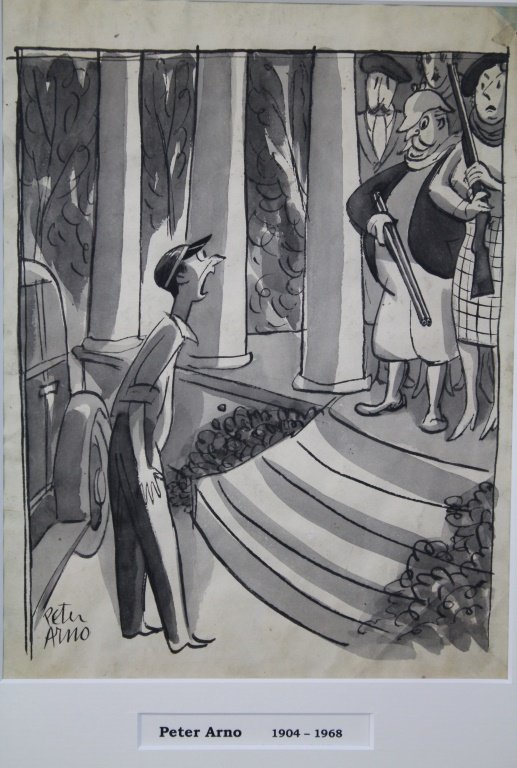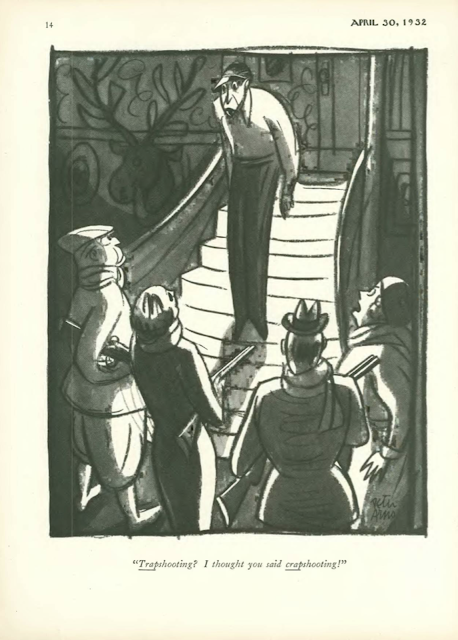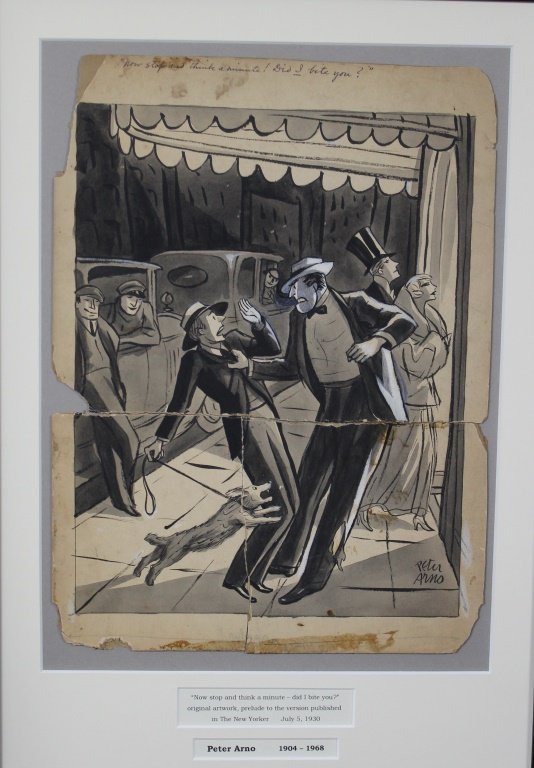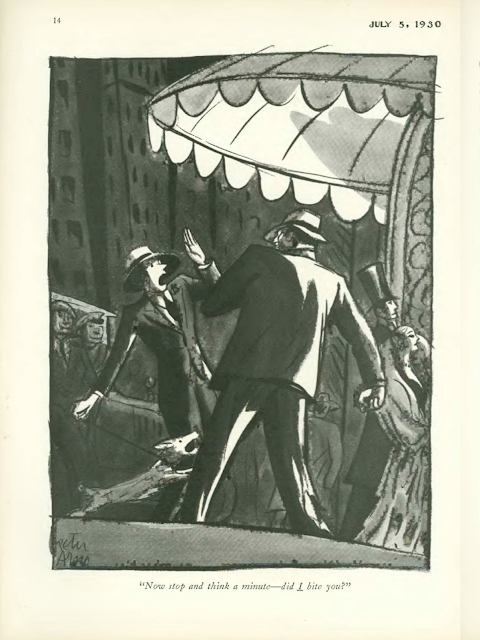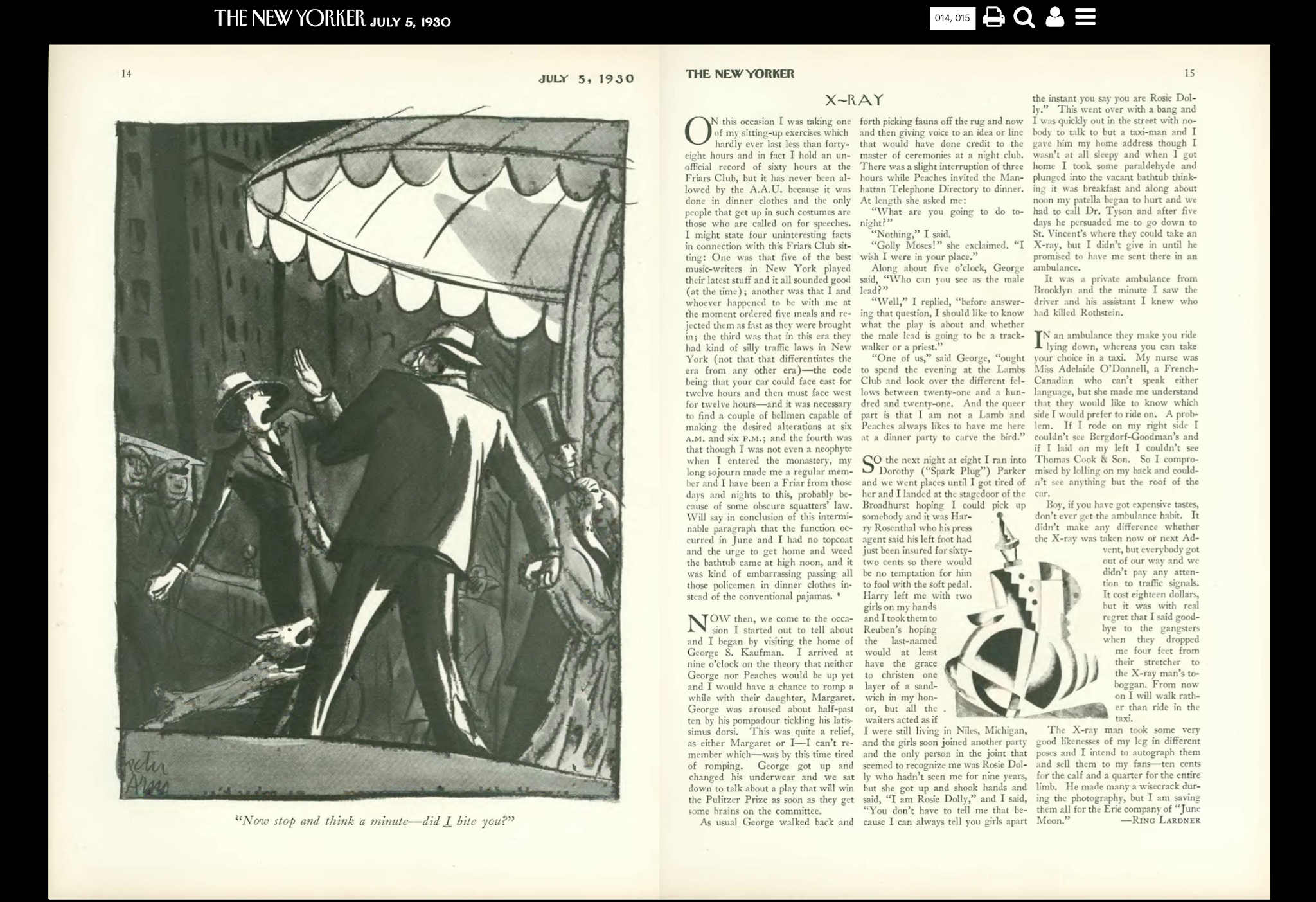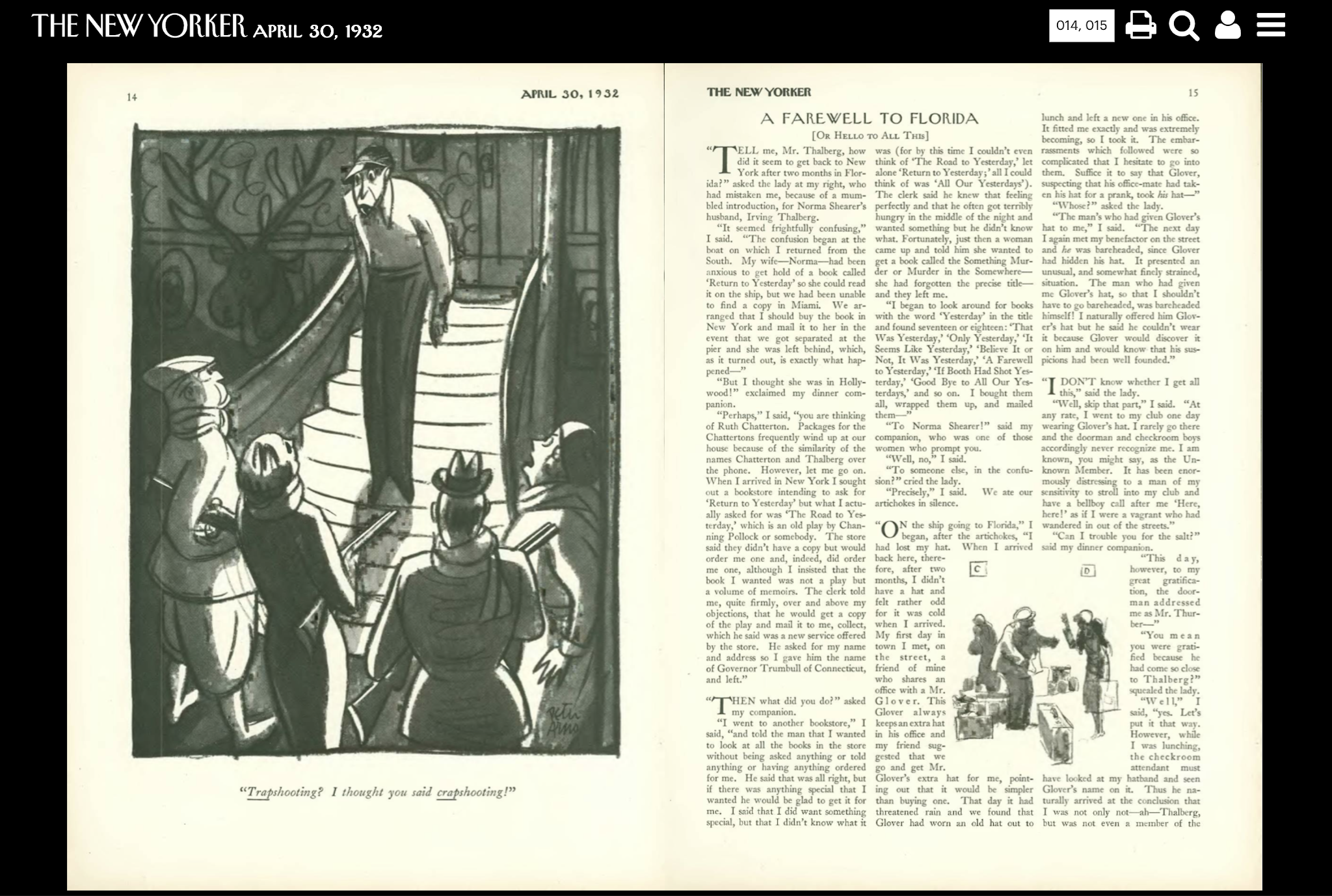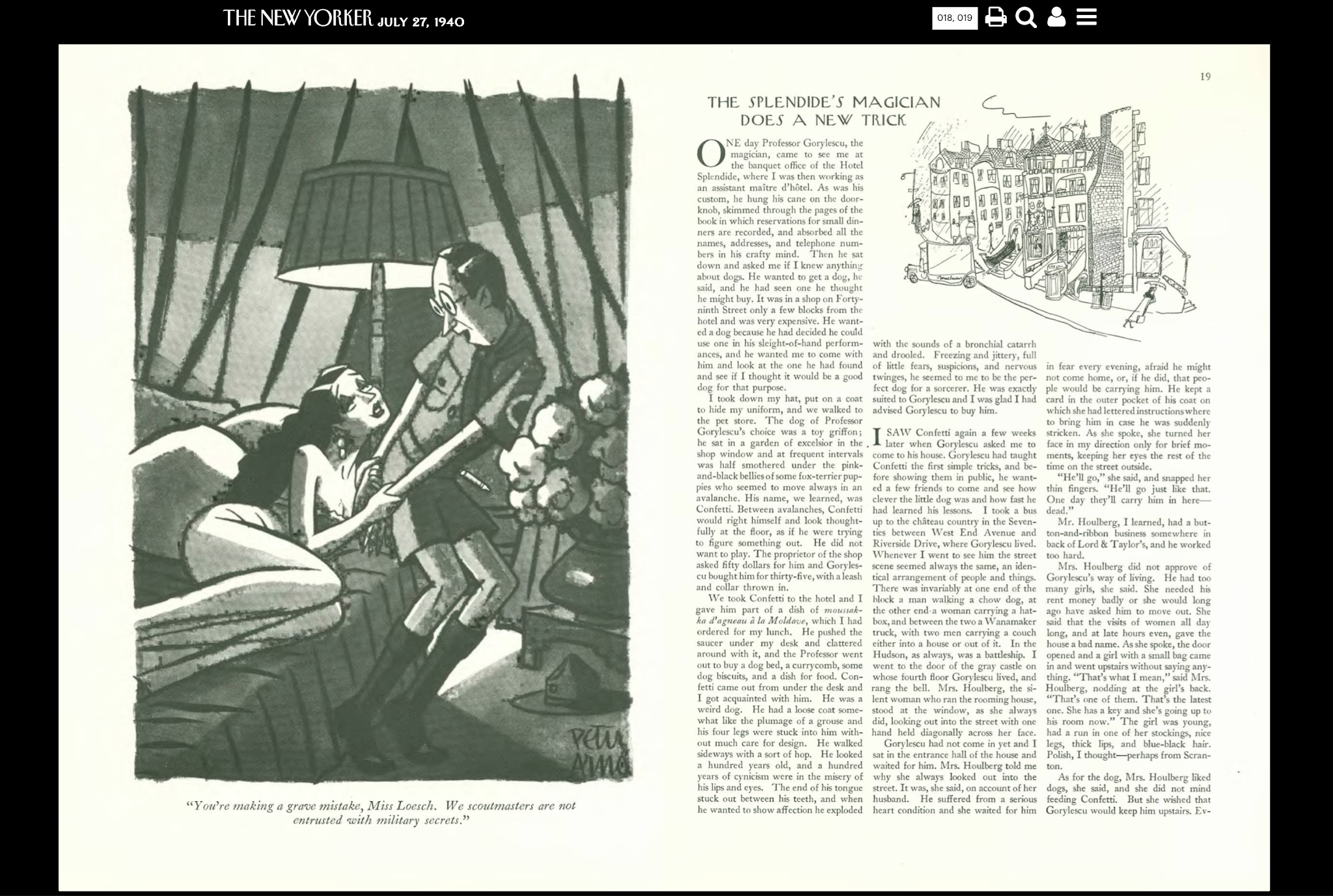For those who may have never seen a signed copy of her work, here is favorite film critic Pauline Kael's Reeling (1976) autographed by the author. Kael's influential work appeared in The New Yorker from 1967 to 1991 and was invariably collected in book form. These photos are fresh from a recently-completed listing on eBay. 
 |
| Pauline Kael eBay listing ended July 29, 2021 |
 |
| Pauline Kael eBay item description |
 |
| Pauline Kael eBay bid history The last bidder gets it...again |
03703

































